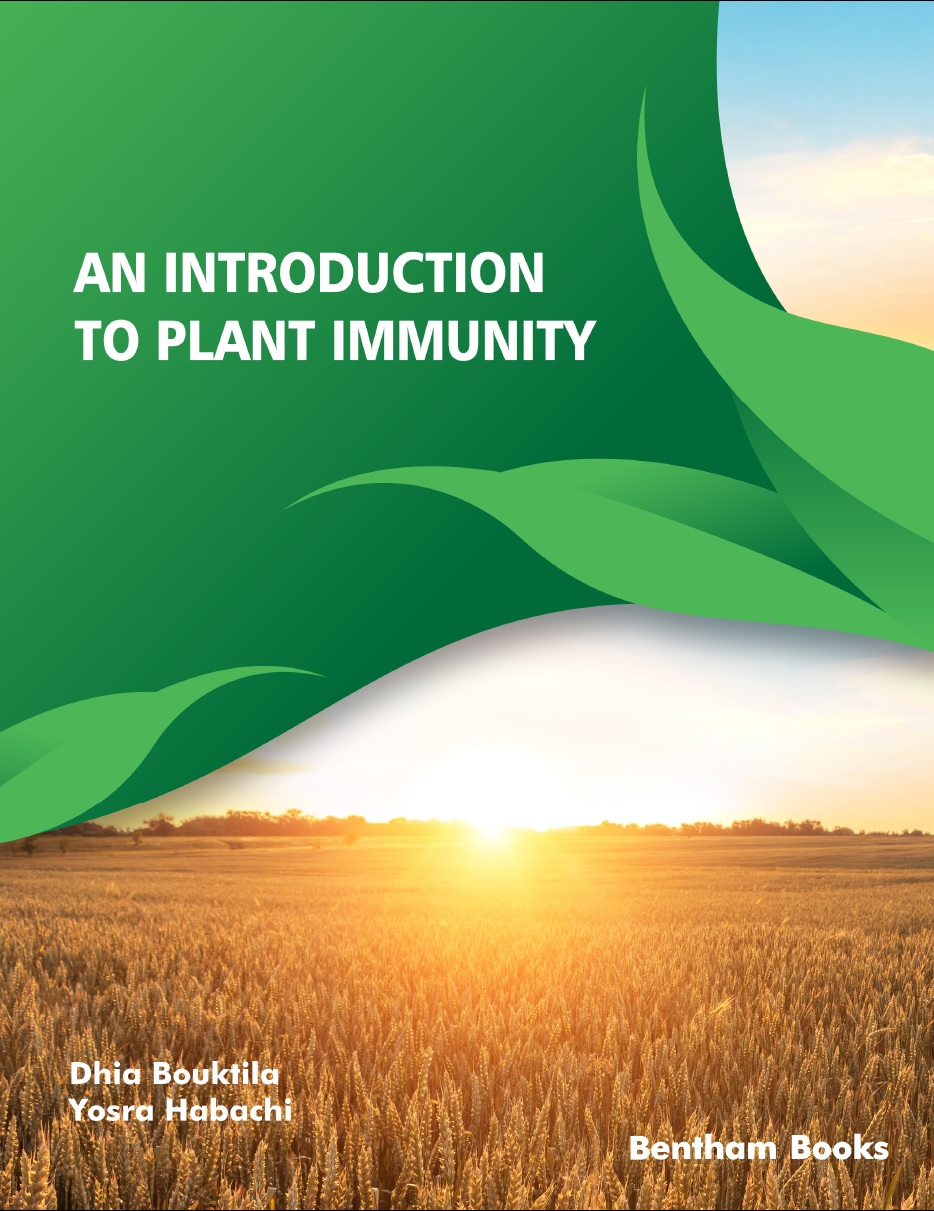Abstract
Although some of the resistance strategies rely on simple physical or chemical barriers, modern concepts of plant immunity emphasize the role and evolution of protein receptors in the plant cell. These immune receptors, made up of multidomain proteins, are the key elements in the recognition of pathogen elicitors / effectors, leading to the susceptibility or resistance of plants. Numerous pairs of plant R proteins and corresponding pathogenic Avr proteins have been identified as well as cellular proteins which mediate R/Avr interactions, and the molecular analysis of these interactions has led to the formulation of models on how R gene products recognize pathogens. Data from several R/Avr systems indicate that specific domains within R proteins determine recognition specificity. However, recent evidence suggests that R proteins have recruited cell recognition cofactors that mediate interactions between Avr proteins and R proteins. Overall, to explain this direct or indirect interaction, at least four models are currently widely approved. This chapter highlights the current trends in understanding host–pathogen interactions through a variety of models.
Keywords: Avirulence (Avr) protein, Compatible/incompatible reaction, Decoy model, Gene-for-gene model, Guard model, Helper NLRs, Integrated decoy model, NLR-IDs, R-Avr recognition, Recognition cofactors, Resistance (R) protein, Resistance gene, Receptor-ligand model.






















